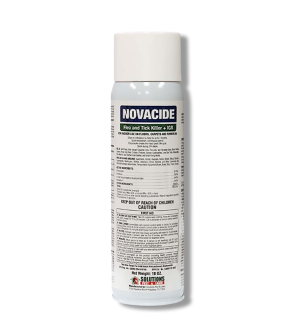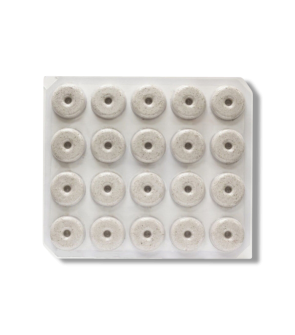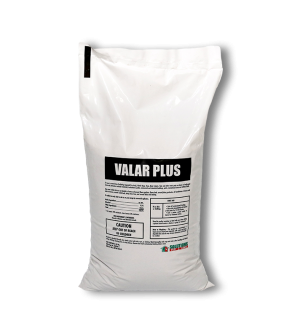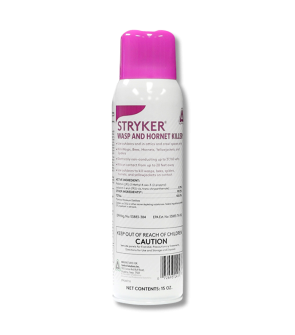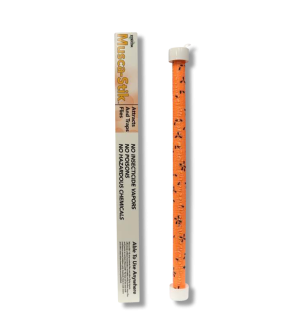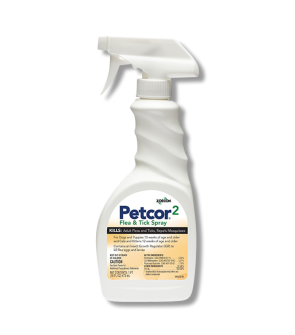Common Spring Pests
Most Effective Products
Common Spring Pests
This article provides general information for controlling common spring pests such as ants, bees, wasps, fleas, mosquitoes, flies, and ticks. Follow this DIY guide and the attached links to learn more about these spring invading pests and the recommended professional quality products to completely remove them.
Every spring season, just as the weather becomes warmer and the grass begins to grow all kinds of pests begin to stir. Many different types of pests become active in the spring with populations on the quick rise due to the need to nest, feed, and breed. Although there are many types of pests during the spring season the most common ones for homeowners to face are: mosquitoes, ants, fleas, flies, bees, wasps, and ticks.
All of these pests pose their own risks, but one thing they all share is their tendency to travel into your home causing trouble and some cosmetic damages. Once an infestation has settled in, it will require quick and preemptive control otherwise this pest could lead into the following seasons.
Get to know more about these common spring pests and determine how to quickly eliminate and prevent these pests by following the products listed in this DIY guide. Different pests require different treatment methods and using the wrong one could lead to unnecessary cost. To best avoid this, follow the links associated with each pests for complete and effective control.
Ants

For numerous homeowners, ants can be a year-round problem, but with occasional spring showers and dry humidity leads this pests to be encountered more in the spring. Since most species of ants send scouts for food, they will often leave scent trails for other members of the colony to follow.
The most common species of ants to be encountered is the odorous house ant or carpenter ant. House ants are moisture dependent, so they will often be found near kitchen sinks, around plumbing, and in bathrooms. Carpenter ants will build nests and tunnels in your walls, which may suggest dead or rotting wood from moisture issues.
Bees and Wasps

While different, both bees and wasps begin to build new colonies in the spring and forage for food or water sources. Depending on the species, this pests constructs a small paper or wax like nest in hidden, out of reach areas. For example, examine the inside of chimneys, attics, vents, basements, windows, crevices, trees, shrubs, branches, and woodpiles.
Wasps or bees not taken care of in the spring will have a high risk of future infestations and population increase. Typically, these pests are not as prolific in building their nests as they are from mid-summer to fall. As such, taking care of bees and wasps in the spring will help to better and safely control future populations.
Fleas

Much like ticks, fleas are parasitic insects that suck the blood from their host most often cats or dogs, and occasionally homeowners. Besides their ability to quickly reproduce, they are also known for resilience to insecticides in their egg form. Flea eggs appear whitish in color and oval in shape. Often eggs can be found near piles of small black dots, which could be dried blood or flea feces.
The high presence of people and pets outdoors plus the combination of warm, humid weather gives fleas more opportunities to invade. They prefer moist, shady areas such as your lawn, underneath your porch, or overgrown plants. A flea infestation indoors can just be as irritating with the consistent itches from bites.
Fleas have long powerful legs that they use to travel and attach themselves to the surface of you or your pets skin. On pets, they will lay eggs and feed along the neck area, groin area, around leg folds and around the base of the tail. Other spots where fleas will lay their egg are under carpets, in between baseboards, and other discrete locations where you or your pet mainly inhibit.
Mosquitoes

Though small, mosquitoes are one of the pesky blood suckers with the most noticeable bite. Beyond the itch and irritation, mosquitoes create endless annoyances with consistent skin contact and fear of diseases.
Mosquitoes are abundant in the spring due to the warm weather and buildup of stagnant water sources from rain or watering. These irritating pests look for water to lay their eggs in so be sure to look around potted plants, bird baths, containers, and other areas where moisture collects. Throughout the day, some adult mosquito species will rest on the underside of overgrown grass blades or plant leaves.
Flies

One of the earliest pests in the spring are flies, coming with a range of diseases from their frequent travels and feeding locations. These pests are attracted to decomposing materials from your trash, animal waste, pet food, or your own food.
Most fly species vary in their appearance, but they will share identifying traits like two pair of wings, big eyes, and six legs. The common element these species share is the need to breed in animal waste or decaying organic material, with some even feeding on animal or people blood.
Like mosquitoes, adult flies are most bothersome to homeowners due to their reputation of carrying and transmitting numerous diseases. Insecticide applications are recommended, but with flies being able to complete their life cycle in a short number of days gives them a type of resistance. The greatest method of control over flying pest populations is to eliminate the larvae stages of flies or mosquitoes.
Ticks
Towards the middle to second half of spring, ticks are going to become more active as people or animals travel outside. They have a very thorough feeding process that involves hitching a ride with their four legs on your clothing, shoe laces, and animals fur. Its appearance and bite marks often leads homeowners to mistake them for fleas.
Ticks will have four legs whereas fleas will have six. These pests cannot jump like fleas, but they often climb to the tips of overgrown grass blades, weeds, and shrubs. Thick vegetation areas are the main locations to find ticks outside as this environment provides shade and moisture.
These blood dependent pests are attracted to dogs, cats, and sometimes people. Always check yourself or animals for these pests, but also in indoor areas that are most highly used. Check your bedding, pets bed, and cracks and crevices surrounding these areas.
Key Takeaways
What Insects Come Out During the Spring?
- The most common insects to infest outdoor and indoor living areas in the spring are mosquitoes, ants, fleas, flies, bees, wasps, and ticks.
How to Prevent Spring Bugs
- Regular lawn care practices such as mowing, raking, trimming overgrown foliage, and addressing moisture issues such as rain gutters or pools of stagnant water.
What Products to Use To Remove Flies or Mosquitoes
- We recommend using BTI Mosquito Dunks to control the larval stages, and Supreme IT to eliminate and prevent adult pests. For indoor fly infestations, use Musca-Stiks.
How to Get Rid of Ants
- A combination of products is necessary to achieve total control of ant infestations. We recommend applying Valar Plus Bifenthrin Granules and Supreme IT outdoors while treating indoor areas with Ant-Trax.
How to Get Rid of Fleas or Ticks
- To eliminate fleas or ticks, we recommend using Valar Plus Bifenthrin Granules and Supreme IT outside. For indoors, use Novacide Flea & Tick Killer. Depending on your pets age and type, use Petcor 2 Flea & Tick Spray.
How to Get Rid of Bees or Wasps
- To prevent and control bees and wasps use Stryker Wasp and Hornet Killer and Supreme IT.



